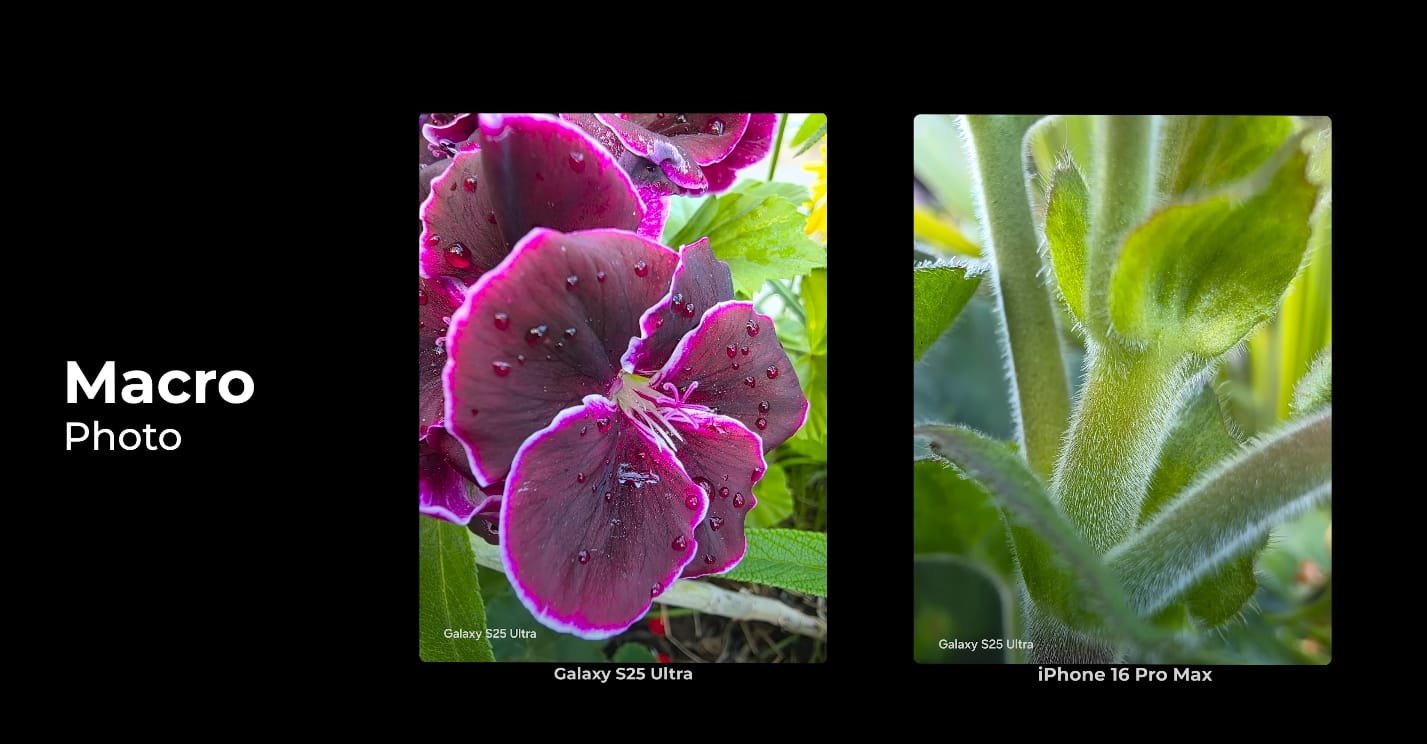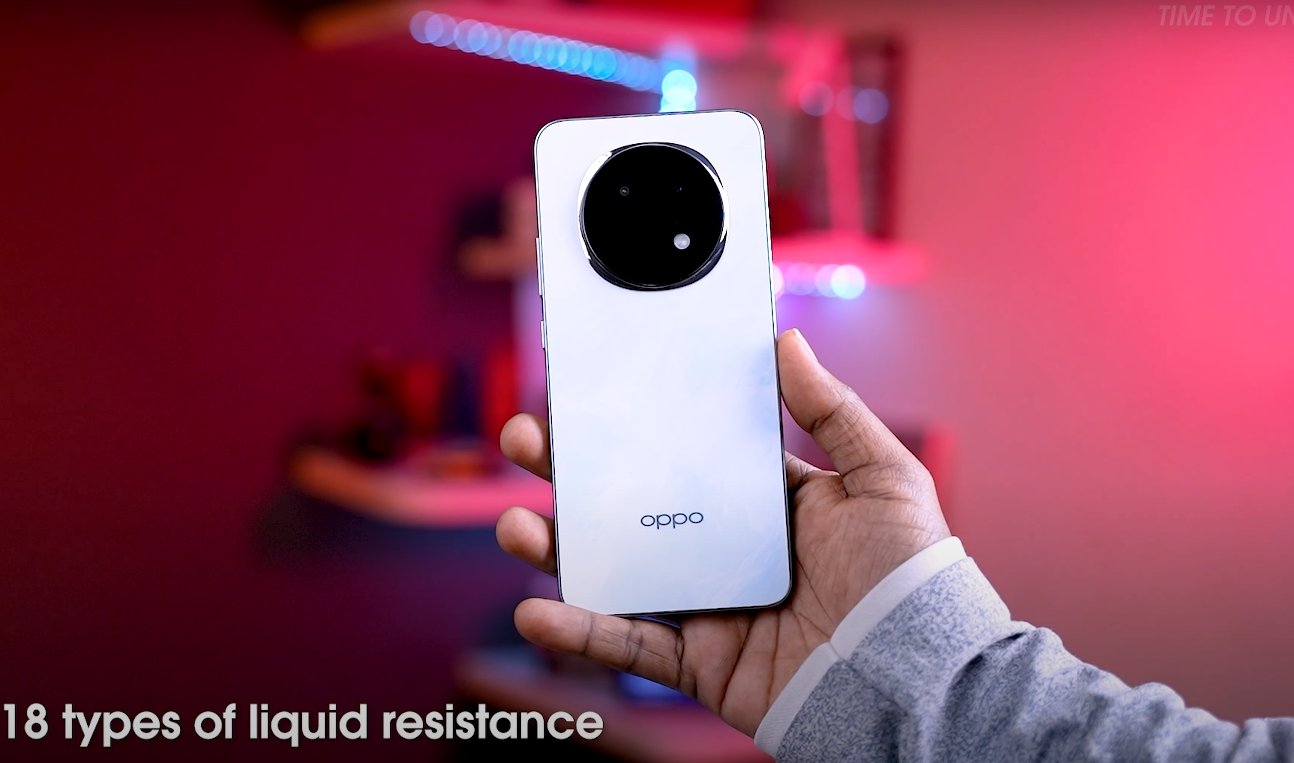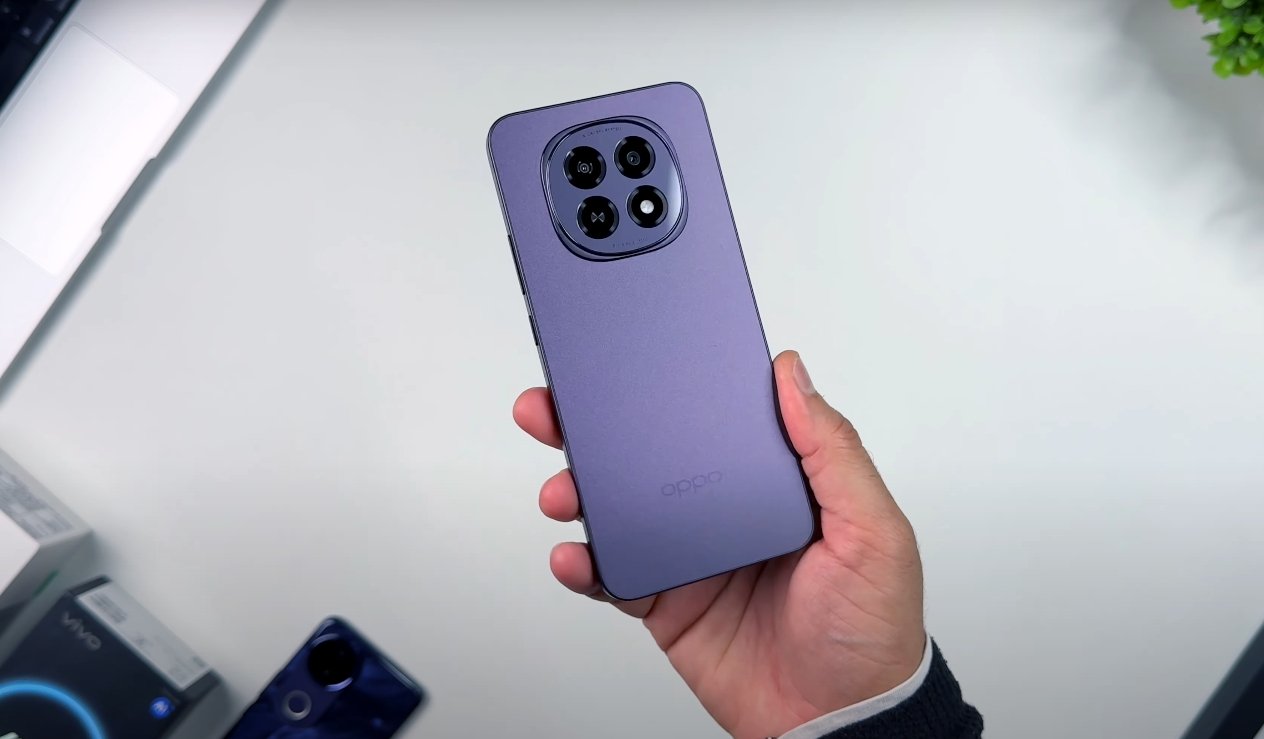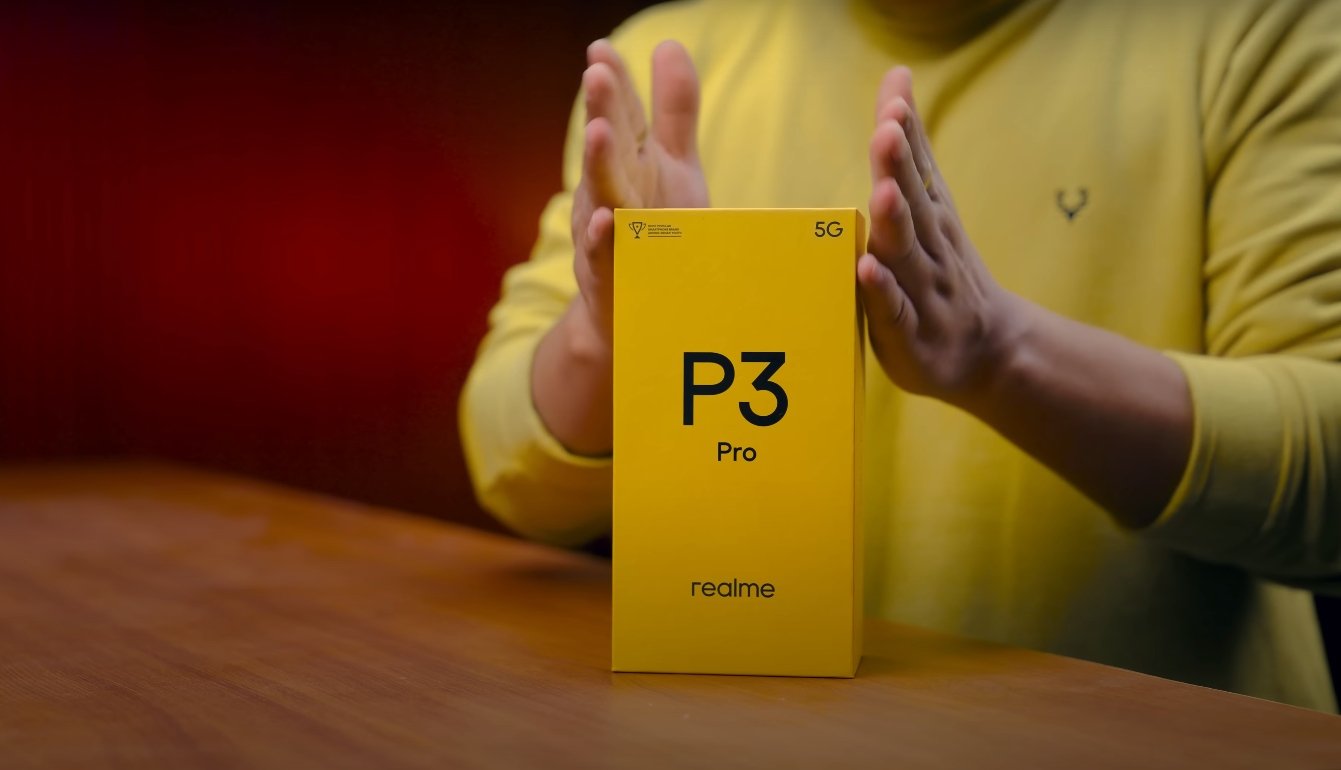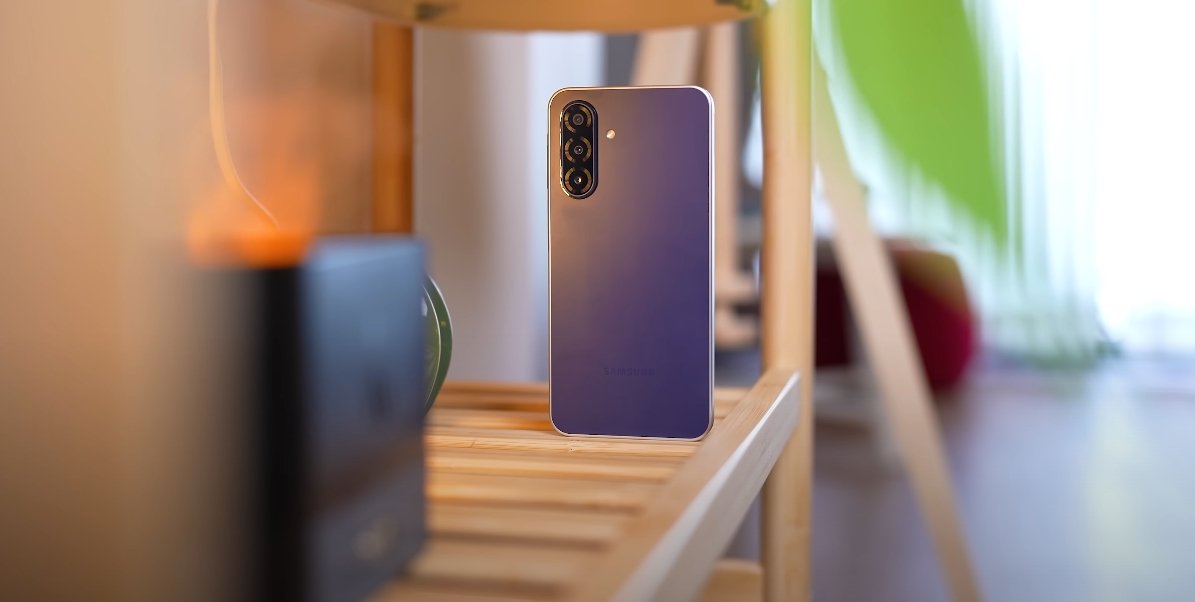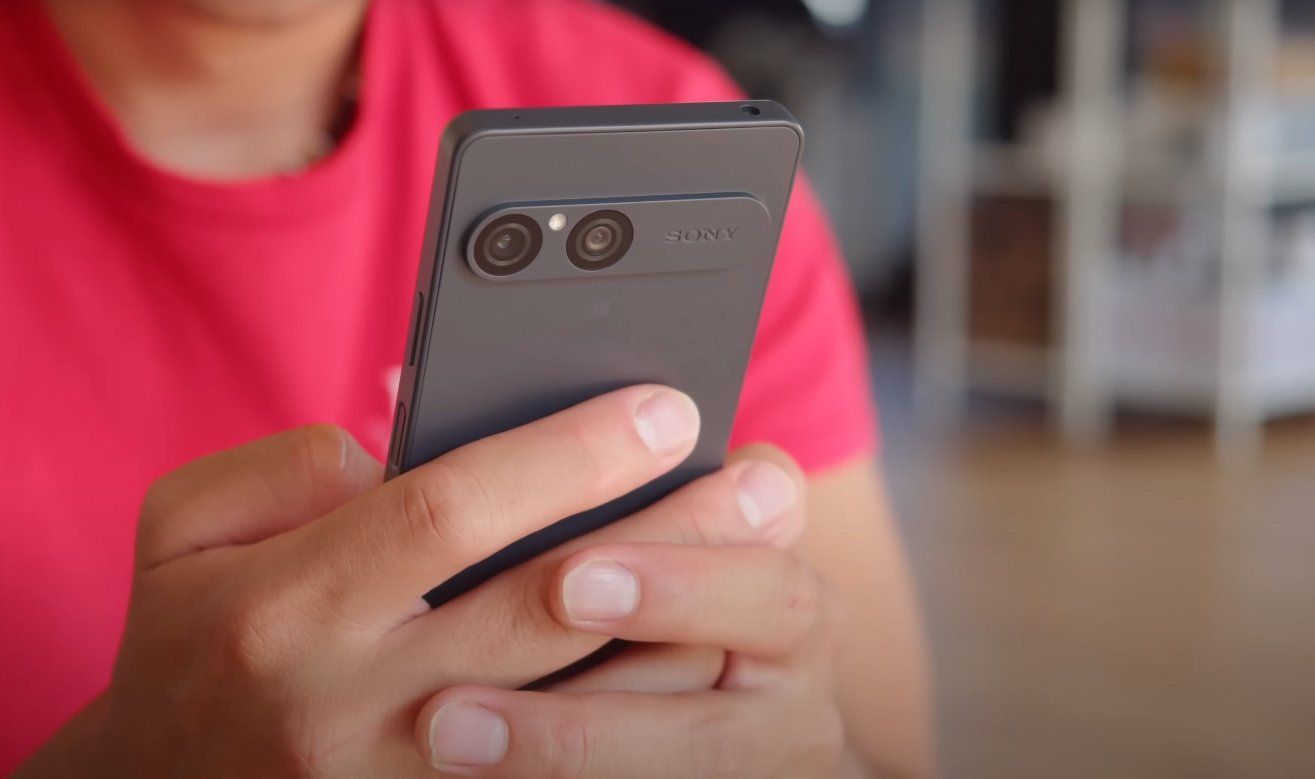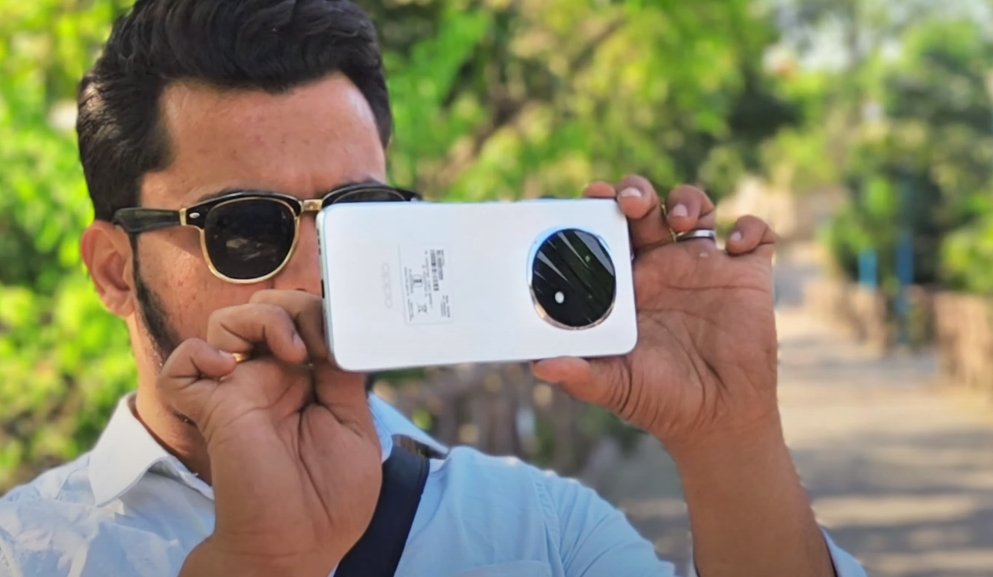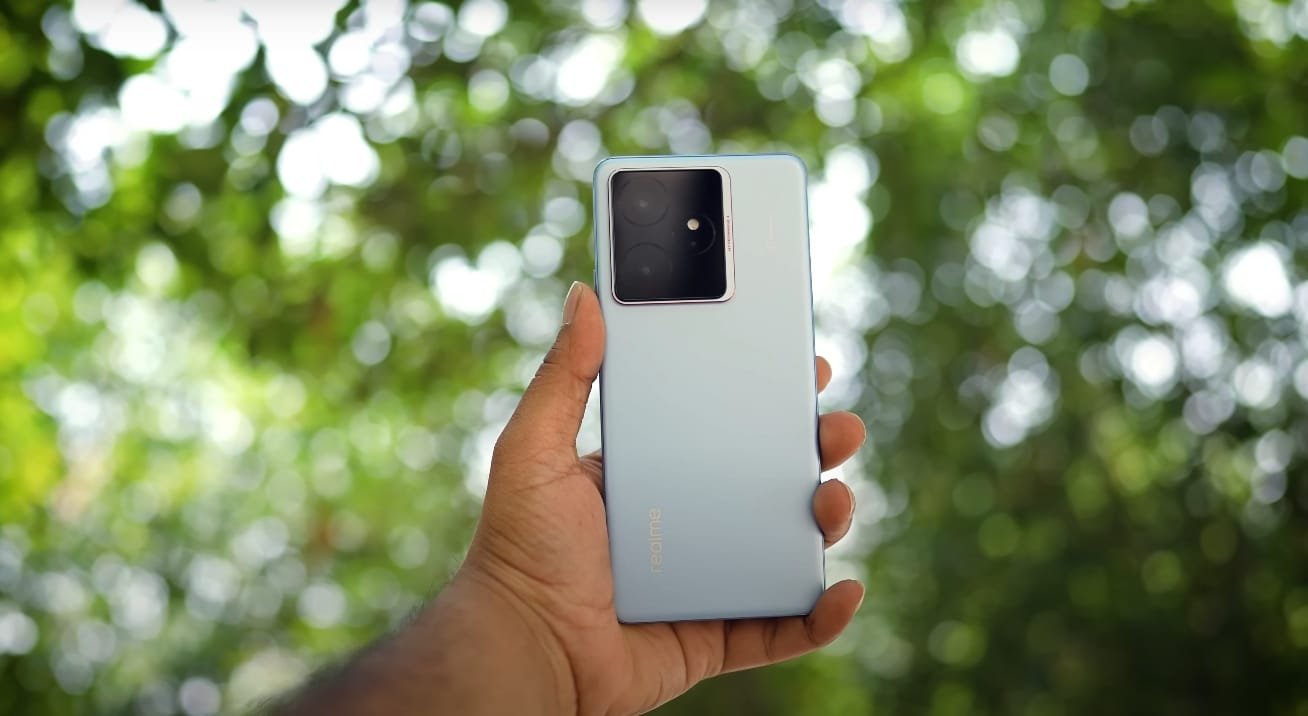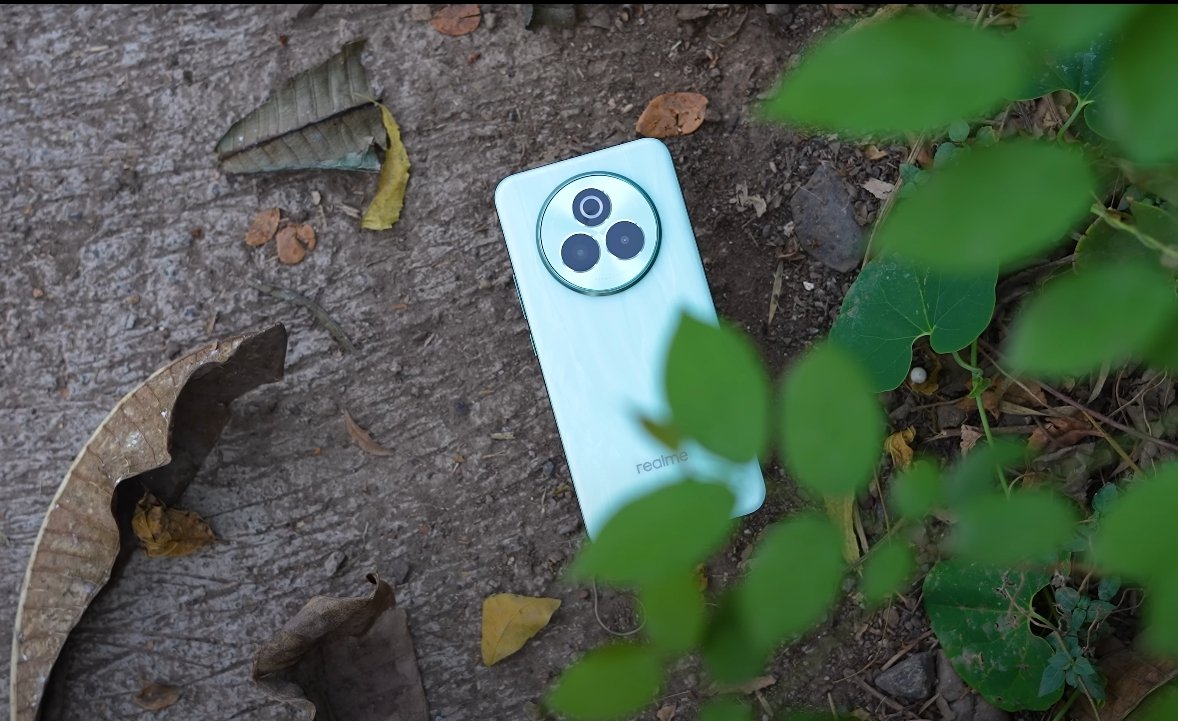When it comes to flagship smartphones, camera performance often makes or breaks the decision. We put the Samsung S25 Ultra and iPhone 16 Pro Max through rigorous real-world testing to see which one really delivers the best photography and videography experience.
Daylight Photography: Detail and Colour Accuracy
The S25 Ultra’s 200 MP main sensor captures stunningly sharp images with incredible detail, especially when zoomed in. AI enhanced processing boosts dynamic range, preserving highlights and shadows better than ever. However, Samsung’s colour science is still a little oversaturated, giving skies and greenery an extra punch that isn’t always natural.

The iPhone 16 Pro Max sticks to Apple’s signature true-to-life colour reproduction. The 48 MP sensor might seem modest compared to Samsung’s 200 MP, but Apple’s computational photography ensures balanced exposures and more natural skin tones. In a side-by-side comparison, iPhone shots often look more realistic straight out of the camera.
Both phones after 10x digital zoom
Optical vs. digital The S25 Ultra’s dual telephoto lenses (3x and 5x) plus 10x optical zoom give it a huge advantage. Even at 30x digital zoom, images remain usable thanks to AI sharpening.
The periscope system is ideal for distant subjects, making it the best choice for travellers and wildlife shots. The iPhone 16 Pro Max remains with 5x optical zoom, and while Apple’s software does a good job at 10x digital zoom, anything beyond that loses a lot of detail.
If you need serious zoom, Samsung is the clear winner. Winner: Samsung, no contest Low light and night mode performance Samsung’s “nightography” is much improved, with brighter shadows and less noise. The larger sensor pulls in more light, making dark scenes look vibrant – sometimes even artificially bright. However, some test shots looked overprocessed, with natural shadows missing.

The iPhone 16 Pro Max takes a more conservative approach. Night mode maintains realistic contrast, avoiding an “over-lit” look. While it doesn’t brighten shadows as aggressively as Samsung, the results often look more natural and film-like.
Portrait mode and bokeh
The S25 Ultra’s depth sensing is improved, with better edge detection around hair and complex shapes. The adjustable bokeh effect in post-processing is a nice touch, though the blur can sometimes look artificial.
The iPhone 16 Pro Max still leads the way in natural-looking portraits. Skin tones are more accurate, and background blur looks more gradual and lifelike. Apple’s Cinematic mode also works better for video portraits.
Stabilization and quality when recording video
The iPhone 16 Pro Max remains the king of smartphone video. New stabilization algorithms make handheld footage smoother than gimbals, and ProRes Log support gives professionals more editing flexibility. Colors stay true even in challenging lighting.
The S25 Ultra has caught up to a great extent, offering 8K recording and better HDR, but the stabilization is still not as strong as Apple’s. Samsung’s videos can sometimes look oversharpened, while Apple’s footage remains more cinematic.
Final Winner of Review
Winner: S25 Ultra, as it offers more zoom and also takes pretty good photos in daylight. But iPhone is no less in terms of video recording. iPhone offers much better video stabilization.
Also Read: Motorola’s vs samsung’s ultra wide camera auto focus review
